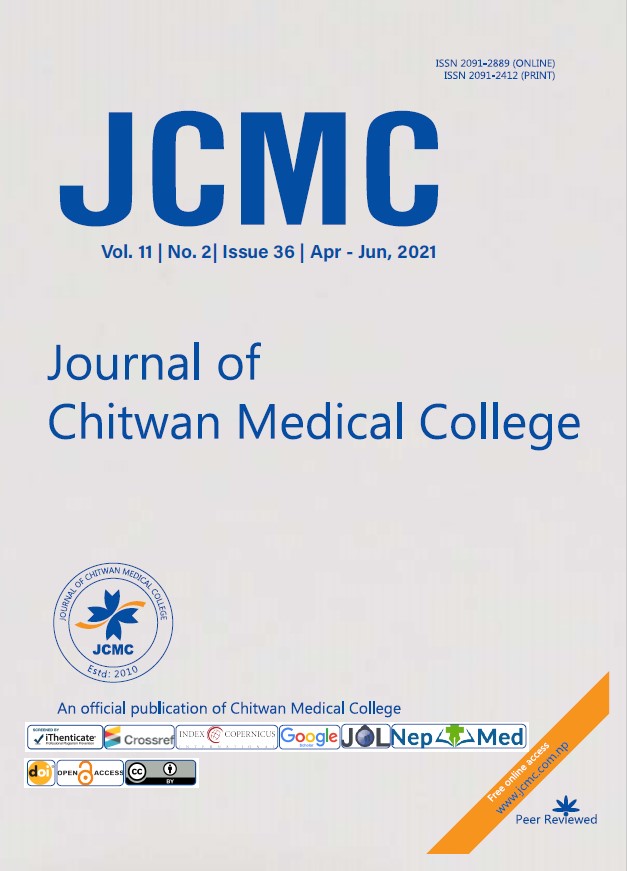Double balloon enteroscopy: our initial experience at university teaching hospital
Keywords:
Anterograde; Diagnostic yield; Double balloon enteroscopy; Retrograde; Small bowel bleeding.Abstract
Background: Double Balloon Enteroscopy (DBE) is a standard method of assessing small bowel pathologies. It acts as a complimentary diagnostic tool in evaluating diseases of entire small bowel with varying diagnostic yields. These days, most of the advanced endoscopic centers provide DBE services. Here, we aimed to evaluate our initial experience in performing the DBE procedures in endoscopic unit of department of medical gastroenterology.
Methods: Retrospective review of prospectively maintained medical records of all the patients undergoing DBE procedure over two years period (between Jan 2018- Dec 2020) were analyzed. The general demographics, indication, insertion routes, findings and any associated complications reported.
Results: During study period, 50 DBE diagnostic procedures were performed. Youngest was 16years while oldest patient was 83years. Commonest indication was small bowel bleeding (28%, 14) followed by iron deficiency anemia in 24% (12). In 48% (24) complete procedure by both anterograde (oral) and retrograde (anal) route was performed. Commonest finding was small bowel ulcer in 16 patients followed by erosions (5) and diverticulum (5). Only in one patient, the vascular malformation was revealed. Commonest procedure related complication was abdominal discomfort (50%) which resolved on its own. There was no major complication and no procedure related mortality.
Conclusions: DBE is a safe diagnostic procedure in evaluating small bowel pathologies; the commonest usefulness is in patients with either occult or overt SBB. However, the procedural complexity and long procedure times are still considered as obstacles in incorporating the DBE as routine services.




